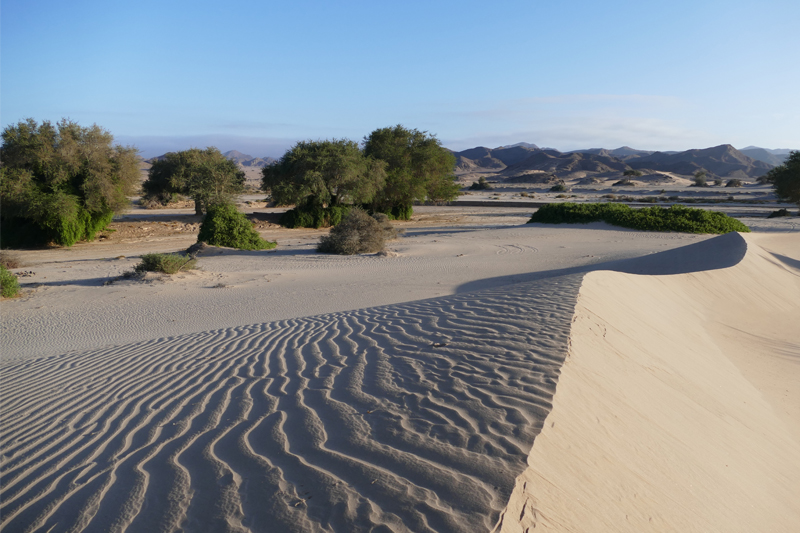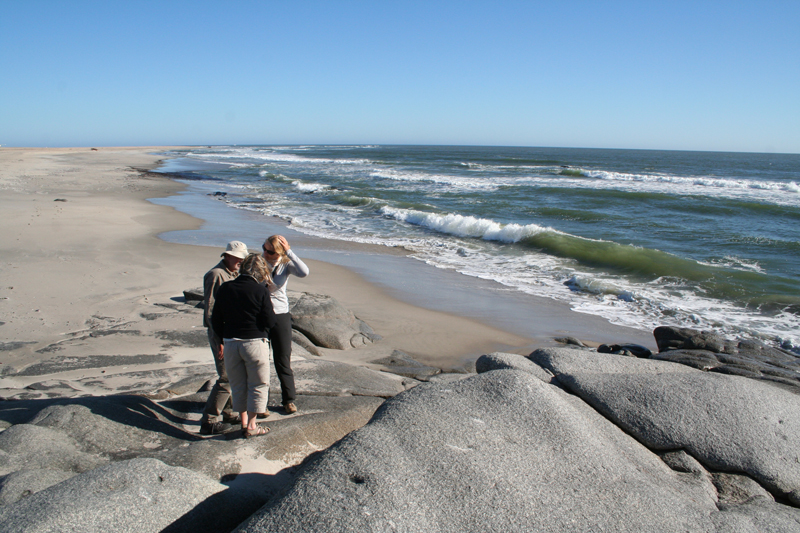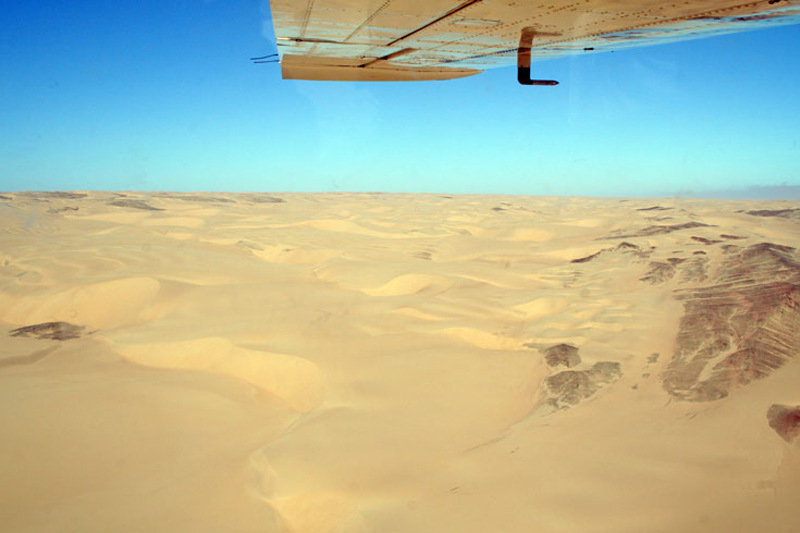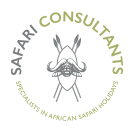Skeleton Coast National Park and Kaokoland
The wild north-west of Namibia is made up of the Skeleton Coast and Kaokoland wilderness inland.
This is a truly stunning and remote region, offering adventurous travellers the chance to really escape into the desert wilderness. Whether you fly into luxury lodges or join an overland camping expedition, the feeling of exclusivity, space and beauty is almost overwhelming.
Whilst you could describe the entire length of Namibia’s Atlantic coastline as ‘Skeleton Coast’, the official Skeleton Coast National Park is made up of the narrow coastal belt which stretches north from the Ugab River to the Angola border.
The southern section of the park (up to Terrace Bay) can be visited by the general public, although generally a 4×4 would be required (there is little road infrastructure). North of that, the park is closed to all but a couple of companies who operate luxury camps. Flying safaris along the coast are possible, but north of Terrace Bay landing options are rather limited!



The flat and open beaches of the coastline, which are often shrouded in mist, are home to numerous Cape fur seal colonies, which in turn provide food for black-backed jackals and the rare brown hyaena. Close to the coast, the landscape is a mix of gravel plains and sand dunes, whilst further inland rocky ridges rise out of the desolate plains. At Terrace Bay, it is possible to drive into the sand dunes and experience the ‘roaring dunes’ where sand particles are so uniformly weathered they resonate deeply like a ‘tuba’ when disturbed.
Kaokoland stretches north from Sesfontein and the Hoanib River Valley to the Kunene River, the border with Angola, and can only be accessed by four-wheel drive or by air. Few people travel far into this land, and those that do, usually do so with an experienced guide, which is highly recommended.
For self-contained 4×4 travel, either self-driving or on a guided safari, the most accessible region is the stunning Hoarusib River Valley, which can be explored for several days from a base at Purros, the closest thing to a town or village in the region. The region is also a stronghold for desert lions and desert elephant, who often come into conflict with the local Himba and Herero villagers, and in the long term tourism into the area should help protect the fragile populations of both. There is one luxury lodge near Purros, and an airstrip for fly-in safaris, but otherwise camping is the usual accommodation choice.
From the Hoarusib stretching northwards is a vast wilderness which is home to the nomadic Himba people, pastoralists who are well known for being ‘not very well known’! In this area you can explore several spectacular valleys and mountain ranges, including the stunning Hartmann Valley which leads to the Kunene River, the Hartmann Mountains, Marienfluss, and the spectacular Van Zyl’s Pass.
The Hartmann Valley is one of the most stunning, remote and awe-inspiring places in Africa. Technically it is no more beautiful than other parts of Namibia, but the real magic is in its remoteness. It is an area of wide open plains flanked by mountains, and sometimes populated with huge herds of springbok and oryx which move through the area. Towards the northern end of the valley, you come across more and more red ‘sand’ which reminds you of the Namib Desert, before reaching the spectacular Kunene River valley, a verdant strip which snakes through the rocky mountains en route to the Atlantic. One luxury lodge and a couple of more adventurous camps exist on the banks of the Kunene, accessed either overland or by air into the Hartmann Valley airstrip.

